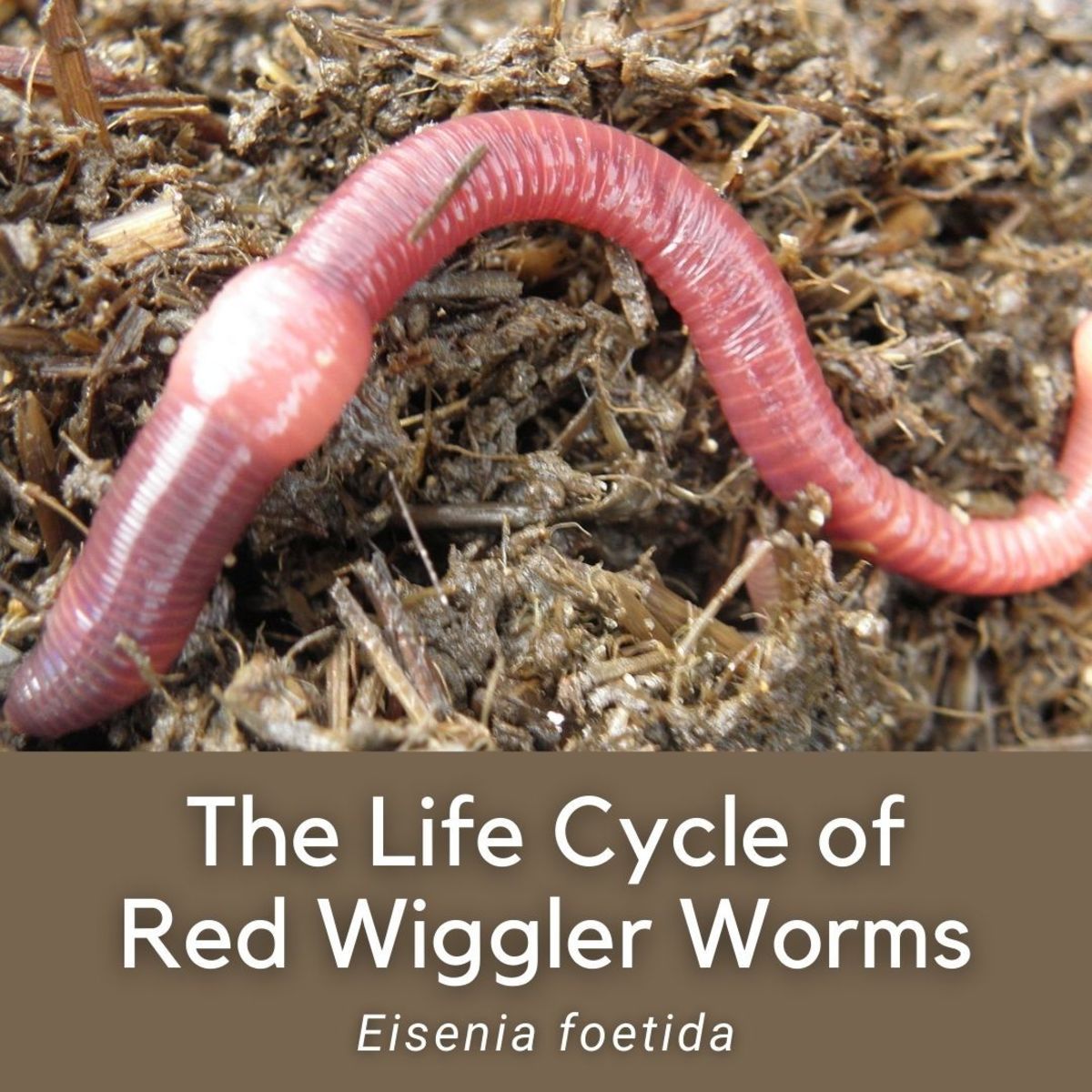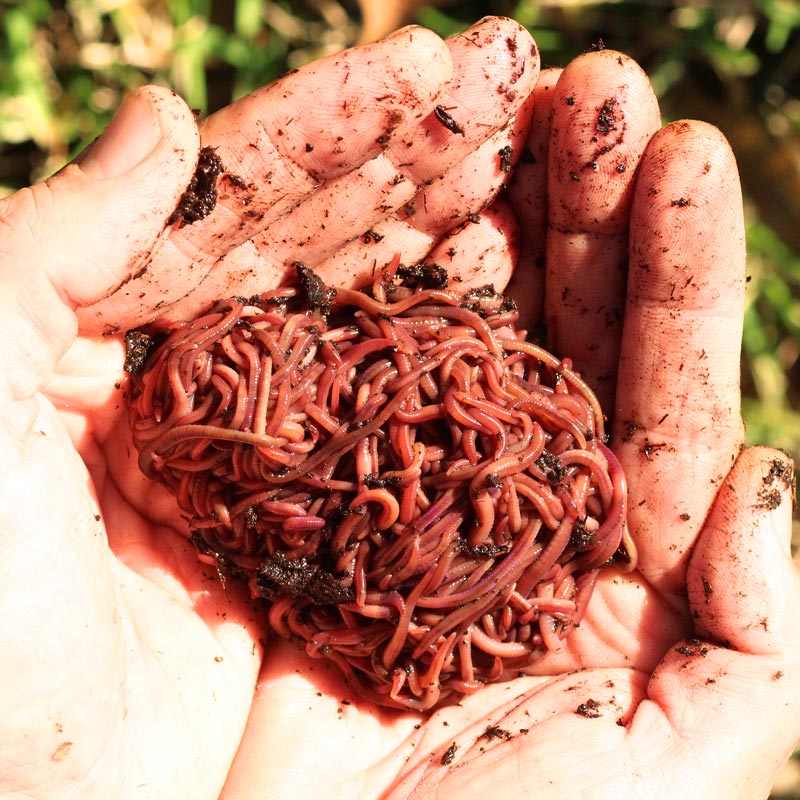Red Wiggler Worms - Perfect for Vermicomposting and Dirt Enrichment
Red Wiggler Worms - Perfect for Vermicomposting and Dirt Enrichment
Blog Article
Making The Most Of the Advantages of Red Wiggler Worms: A Comprehensive Handbook for Home Gardeners and Urban Farmers
In the world of sustainable gardening practices, red wiggler worms stand as unhonored heroes, silently changing natural waste right into nutrient-rich spreadings that can function wonders for soil health. By exploring the ins and outs of how to efficiently care for and optimize the advantages of red wiggler worms, people can open a wide range of opportunities for boosting the sustainability and productivity of their horticulture undertakings.
Understanding Red Wiggler Worms
Red Wiggler worms, renowned for their reliable composting capacities, are a species of earthworms extensively utilized in vermiculture methods. These worms, clinically known as Eisenia fetida, flourish in decomposing organic material, making them perfect prospects for composting.
One secret characteristic of Red Wiggler worms is their reproductive price. These hermaphroditic animals possess both male and women reproductive body organs, permitting them to replicate quickly under beneficial problems. A mature Red Wiggler can create numerous offspring in a short period, making sure a constant populace within a composting system.

Establishing Up a Worm Bin
When developing a worm bin for vermiculture purposes, proper prep work and interest to detail are important for developing a helpful setting for Red Wiggler worms. Begin by choosing an ideal container for your worm container.

Area the worm container in an awesome, dark location away from straight sunlight and severe temperatures. Regularly check the dampness degrees, adding water if the bed linens feels dry or half-cracked. Feed the worms a well balanced diet of fruit and vegetable scraps, staying clear of citrus fruits, onions, and spicy foods. By adhering to these steps, you can establish up a thriving worm bin that will efficiently refine natural waste right into nutrient-rich vermicompost for your garden.
Feeding and Keeping Worms
Ensuring a nutritious and well balanced diet plan is essential for the wellness and performance of Red Wiggler worms in a vermiculture system. It is crucial to avoid feeding them citrus fruits, onions, garlic, dairy products, meat, and oily foods as these can be unsafe to the worms or trigger undesirable odors in the bin.
Proper moisture levels are likewise critical for the health of Red Wiggler worms. By diligently monitoring their diet, moisture, and environmental problems, home garden enthusiasts and city farmers can maintain a healthy and balanced and productive Red Wiggler worm populace for composting purposes.
Collecting Worm Castings
To efficiently remove nutrient-rich worm castings from the vermicompost, a systematic harvesting procedure is crucial for optimizing the composting benefits. The very first step in collecting worm castings is to encourage the worms to move to one side of the bin.
After the spreadings have been collected, it is very important to separate any type of staying worms from the spreadings to stay clear of damaging them throughout storage space or application. One effective method is to create cone-shaped piles of castings under intense light. Worms will instinctively relocate far from the light, permitting anchor simple splitting up and elimination.
Lastly, the gathered worm castings must be kept in a cool, dark, and completely dry place to maintain their high quality and effectiveness as a nutrient-rich dirt change. By complying with these steps, home gardeners and city farmers can make best use of the benefits of red wiggler worms in their vermicomposting systems.
Utilizing Worm Castings in Horticulture
The consolidation of nutrient-rich worm castings right into yard soil can significantly enhance plant development and overall soil health. Worm castings, additionally called vermicast, are an all-natural fertilizer generated by red wiggler worms as they break down raw material. These castings are abundant in vital nutrients like nitrogen, phosphorus, potassium, and valuable microbes that promote plant development and improve dirt structure.
When using worm spreadings in gardening, it is necessary to blend them thoroughly into the soil or use them as a leading clothing around plants. The slow-release nature of worm castings makes certain a constant supply of nutrients to plants in time, minimizing the threat of nutrient leaching and promoting lasting dirt fertility. Additionally, worm castings help improve soil aeration, water retention, and microbial task, creating a healthy environment for plant origins to flourish.

Final Thought
In final thought, the usage of red wiggler worms in home horticulture and metropolitan farming can significantly benefit our website soil health and plant growth. By comprehending exactly how to establish up and maintain a worm container, feed the worms effectively, and gather their nutrient-rich castings, gardeners can optimize the benefits of these earthworms.
In the realm of sustainable horticulture methods, red wiggler worms stand as unrecognized heroes, silently transforming natural waste right into nutrient-rich spreadings that can work wonders for soil wellness.When developing a worm bin for vermiculture objectives, appropriate preparation and attention to information are crucial for producing a favorable atmosphere for Red Wiggler worms. The initial step in harvesting worm spreadings is to encourage the worms to migrate to one side of the bin. Worm spreadings, also understood as vermicast, are a natural plant food generated by red wiggler worms as they break down natural issue. By comprehending how to establish up and preserve a worm bin, feed the worms appropriately, and collect their nutrient-rich spreadings, gardeners can take full advantage of the advantages of these earthworms.
Report this page